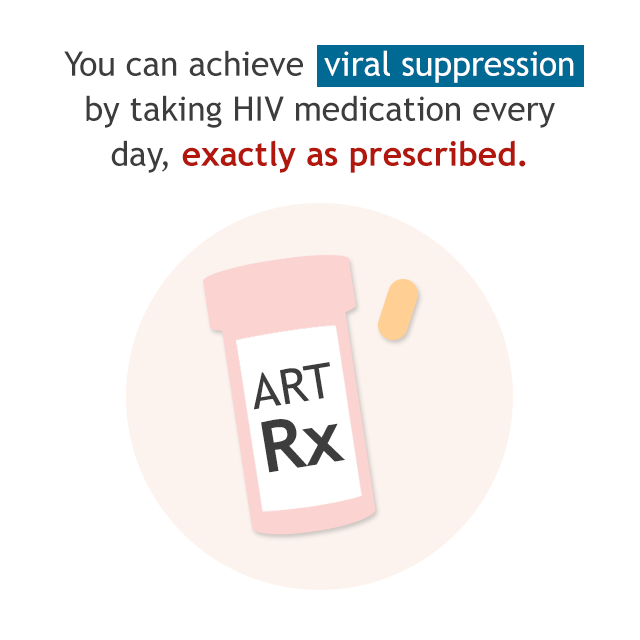This past March, I penned “The Undetectability Of It All,” for Wyattevans.com. The article stated that the AIDS United Public Policy Committee declared that it has “strongly affirmed the conclusive evidence proving that people living with HIV who have achieved a sustained, undetectable viral load cannot transmit HIV to sexual partners. This evidence-based declaration reinforces AIDS United’s programmatic, policy and advocacy work to expand access to antiretroviral medications to all people living with HIV.” AIDS United is the largest and longest-running national coalition of community-based HIV/AIDS organizations.
And now, there’s additional evidence that supports the AIDS United declaration. But before we examine those findings, let’s answer the question: what does it truly mean to be undetectable?
Well, it doesn’t mean that the HIV-positive individual is cured. However, it does mean that antiretroviral treatment is being effective, and that the amount of HIV in the blood is so low that even the best available tests don’t detect it.
To have an undetectable viral load means that there are fewer than 20 copies of the virus in one milliliter of blood. Typically, the tests of those who have just been diagnosed and not having undergone treatment show millions of copies in the exact same sample size.
Now, let’s examine the new study that supports the AIDS United proclamation. The findings demonstrate that there were no transmissions of the virus within mixed-HIV-status couples when the partner living with the virus was on antiretroviral (ARV) treatment and had a fully suppressed viral load.
This study, entitled Opposites Attract, was comprised of gay/SGL (same gender loving) couples that had nearly 600 cumulative years of follow-up data and about 12,000 reported acts of condomless penetration. These acts excluded any for which the HIV-neg partner was taking PrEP (pre-exposure prophylaxis).
Based on the Opposites Attract data, the investigators were able to estimate that the annual risk of HIV transmission in which only one infected partner with an undetectable viral load is between zero and 1.56 percent.

According to Poz.com, Andrew Grulich, PhD, an HIV epidemiologist at the Kirby Institute at the University of New South Wales in Sydney, Australia, and chief investigator of the study, stated, “’We think this is a really exciting result and adds to a body of research that HIV is not passed on in the context of undetectable viral load, even with high rates of sexually transmitted infections’.”
Opposites Attract did not restrict potential participants according to whether they used condoms or had undetectable viral loads. By the end of last year, the study had enrolled 358 gay/SGL male couples in which one partner was poz (158 from Australia, 105 from Thailand, 96 from Brazil).
So, just how was the study conducted? “Researchers collected information about sexual behaviors from the HIV-negative partner at each study visit,” stated Poz.com. “These partners received HIV testing along with sexually transmitted infection (STI) testing upon entering the study and at all subsequent study visits. The HIV-positive partners received viral load and STI testing at each study visit.
“The investigators defined an undetectable viral load as less than 200. For all new HIV infections in the initially HIV-negative partners, generic testing was conducted to determine whether these men likely contracted the virus from their partner in the study.
“A total of 343 couples made at least one follow-up visit, contributing 591 cumulative years of follow-up data. (Each year of data on a couple counted as one year of follow-up.) The men reported anal sex with any man beside their study partner at 57.4 percent of these visits.”
The online publication continued. “Upon their entry into the study, 79.9 percent of HIV-positive men were on ARVs and 77.9 percent had an undetectable viral load. A total of 75.2 percent of the men on HIV treatment maintained a fully suppressed virus throughout their participation in the study.
“Overall, 14.3 percent and 11.7 percent of the HIV-positive and -negative men, respectively, were diagnosed with an STI during the study.
“A total of 73.8 percent of the couples reported engaging in condomless sex during the study. These men provided 318 cumulative years of follow-up data on periods when they reported engaging in condomless intercourse within their study partnership, including a total of 16,889 reported such acts.”
Grulich concluded the following about the Opposites Attract findings. “’This is life-changing news for couples of differing HIV status’.”
However, the chief investigator of the study cautioned, “’But it is important that the HIV-positive partner is under regular medical care and does not miss any of their antiretroviral medication in order to ensure they maintain an undetectable viral load. Our data add to previous studies that show that there has never been a recorded case of HIV transmission from an HIV-positive person to their HIV-negative sexual partner when the HIV-positive partner had an undetectable viral load’.”





Leave A Comment